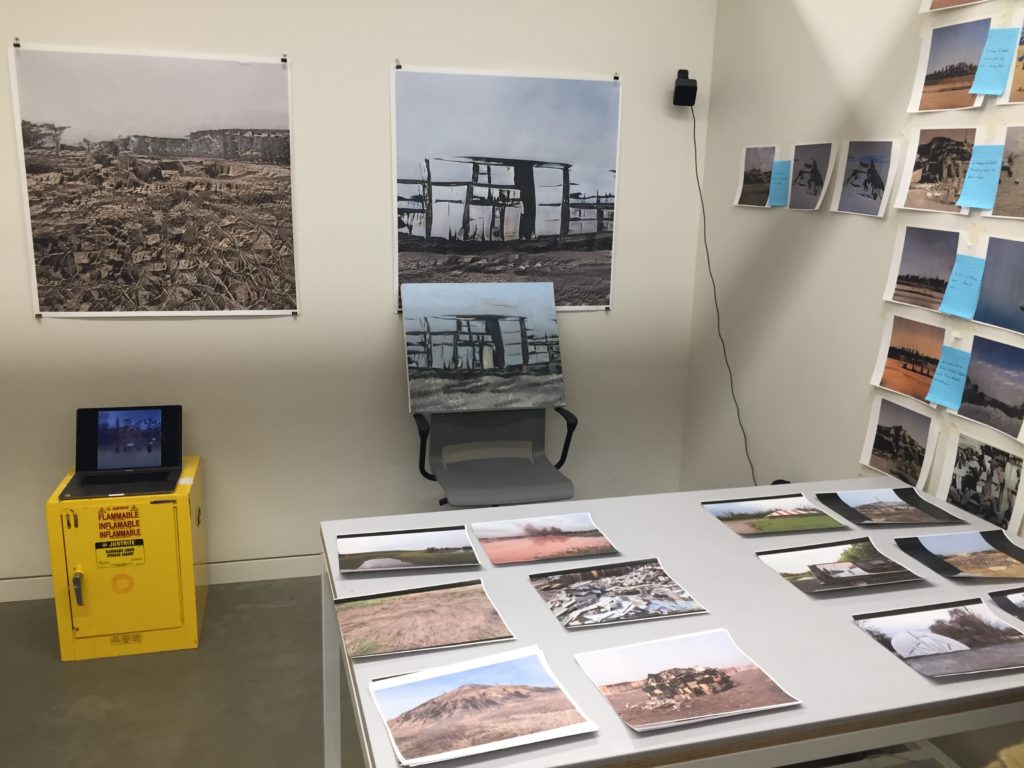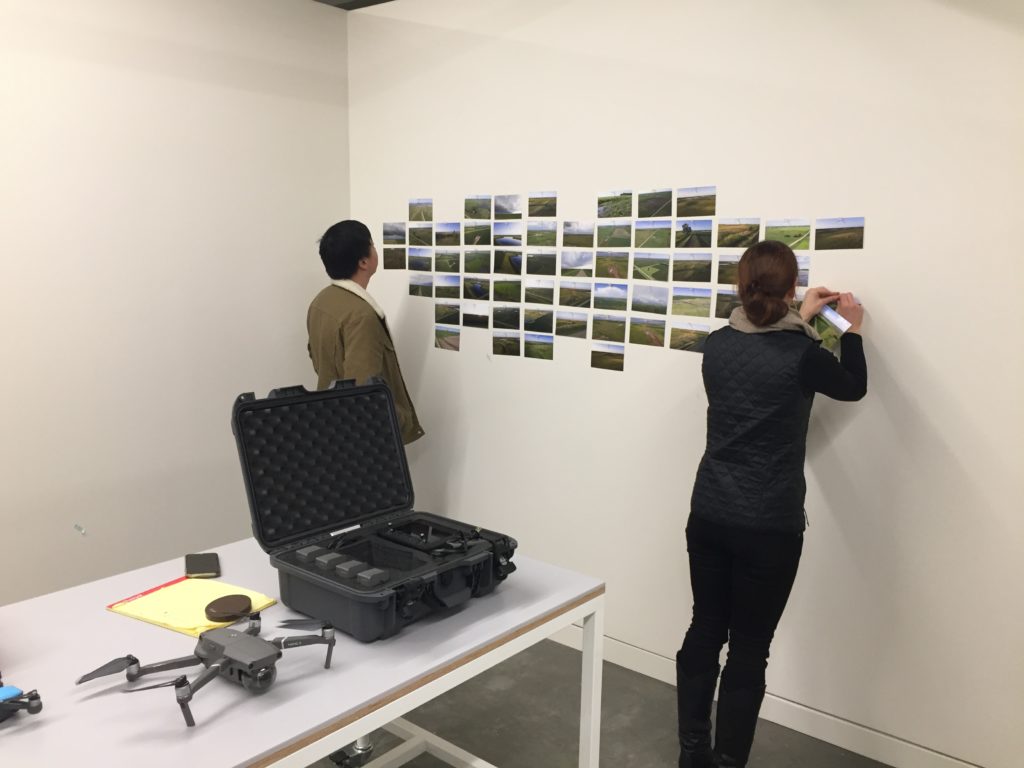Tucked away in the new Weil Hall, MFA students and Sam Fox faculty are hard at work on transformative creative works and ideas. Sometimes, amid countless, passionate hours of working, us artists and art students become secluded from the rest of campus. Other students, staff, and faculty may ponder about what we’re working on in Sam Fox’s corner of campus. Luckily, Patricia Olynyk, chair of the Masters of Fine Art program at Sam Fox, organized an event to allow the general public and fellow artists to peer into the world of MFA students and WashU faculty. Enter: The Weil Hall Research Pods.

Photos by Enrique von Rohr
Before diving into the evening’s activities, it’s important to know what the research pods are and how they work. When I asked Patricia Olynyk to describe the program to me, she said, “The Graduate School of Art is very pleased to launch the new Research Pod Program, a node of the Creative Research Institute (CRI). Established in 2009 in tandem with the Sam Fox School's Collaborative Technology Center, the CRI bridges art practice and research by supporting experimental interdisciplinary collaborations through a series of lectures, fellowships, and residencies. The Research Pod Program offers collaborative teams — artists, scholars, scientists, and humanists — studio spaces in Weil Hall to advance interdisciplinary work and research, foster ongoing creative exchange between disciplines, develop new production strategies, and build upon open dialogue and engagement between art and other fields of inquiry across campus and beyond.” The open mixer event allows WashU community members, including other artists, to see the research and work of MFA students and faculty.
Upon entrance, I enjoyed refreshments and a program listing the featured artists, information about them, and descriptions of their work. With seven pods and ten artists in total (some are working on collaborative projects), there was a wide variety of topics covered and mediums of art represented. Amongst the many pods, there’s Carl Craver’s research on the lives of St. Louis slaves, Kelley Van Dyck Murphy’s research focused on merging ideas related to materiality, craft, and experiential narratives, and Jonathon Hanahan’s work exploring the increasing tension between the natural world and the infiltration of electronic waste. Out of all the work that I saw, one pod that stuck out to me, in particular, was that of Meghan Kirkwood.

Professor Kirkwood’s photography interests range in scope from individual relationships to national histories. In this research pod, she is developing a program that uses drone photography to build capacity for individual stakeholders in St. Louis and Africa. Amidst the pod, there were various examples of her drone photos, along with topographic maps of St. Louis and Africa. While I was there, I asked a fellow attendee, 2nd year MFA student Damaris Dunham, what she thought of the open mixer as a whole. After careful consideration, she told me, “I really appreciate what all my professors and colleagues are working on. I think it’s really in-depth research that, in some ways, fuels my own practice because their curiosity in things outside the art world is inspiring.”
Overall, I felt the research pods open mixer was both necessary and exciting. I was happy to see the work that is made in Weil Hall, and simultaneously get a look at what the MFA students and faculty are creating. I hope that in the future, there will be continued opportunities and programming to see the work of others involved with Sam Fox.

